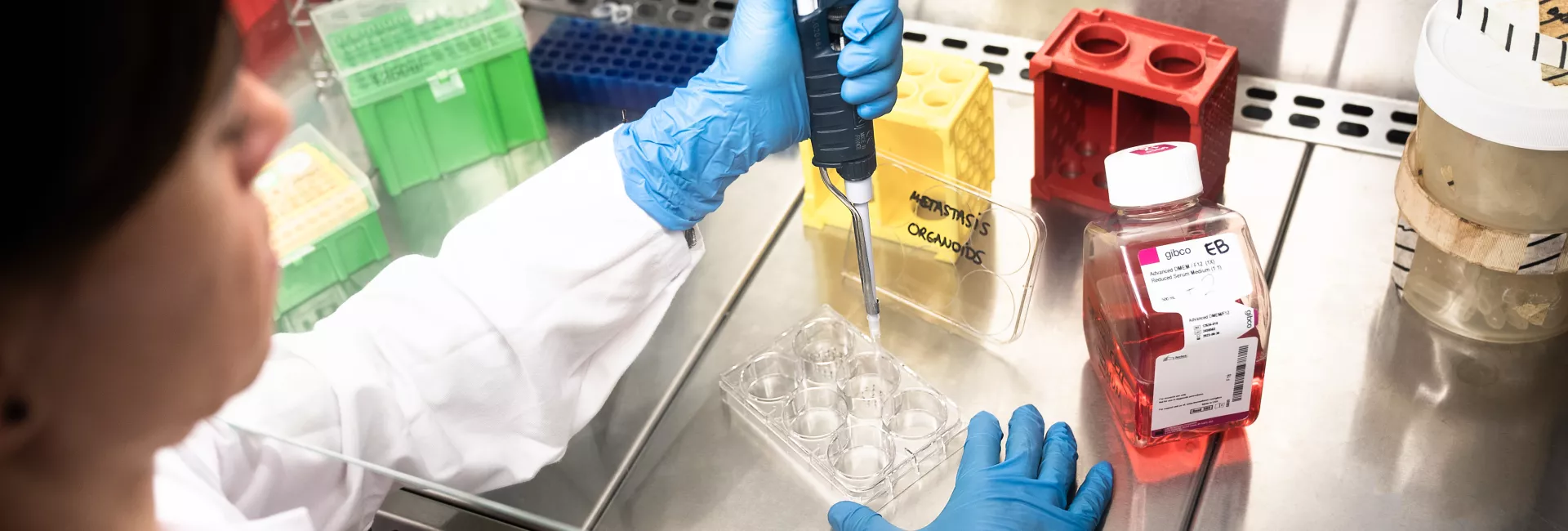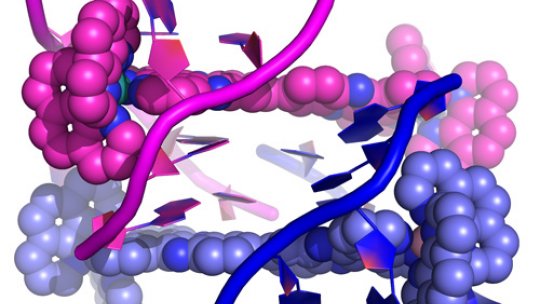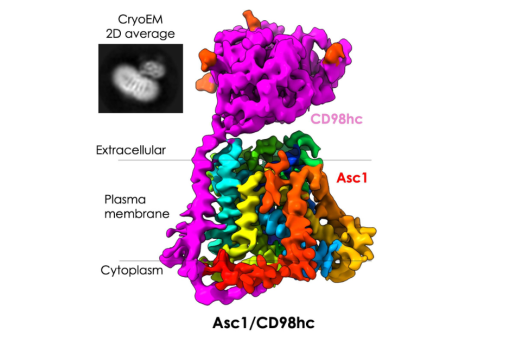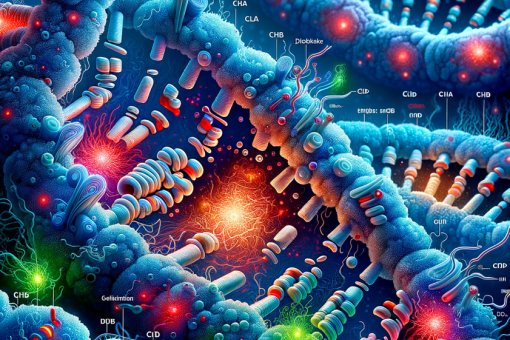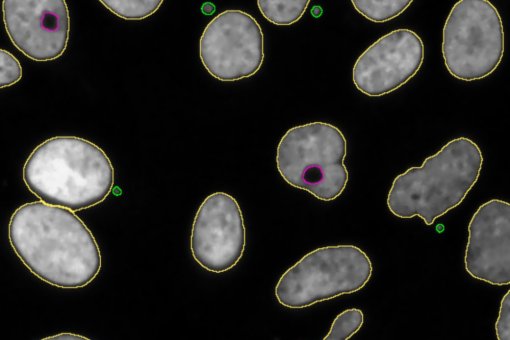Images
Participants

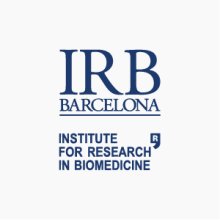
Contact

DNA intercalators developed for use in chemotherapy interfere with the DNA of cancer cells, thus eliminating them.
Researchers at IRB, in collaboration with a team in Sweden, publish the study in Angewandte Chemie.
“The idea behind this project is to advance towards the discovery of new cytotoxic molecules that can be used against cancer,” explains Miquel Coll, who adds, “we have identified a new potential molecule, but we are in the early biochemical and structural research stages.”
The team led by the scientist at the Institute for Research in Biomedicine (IRB) and CSIC professor has resolved the structure of a new substance synthesized in Per Lincoln’s lab, at the Chalmers University of Technology, in Sweden. This week in Angewandgte Chemie International Edition the researchers publish the 3D structure of the new substance bound to DNA, revealing all the details about its mode of action with the double helix.
The molecule has two ruthenium nuclei, one at each end of the elongated molecule, and has the capacity to cross two DNA chains (two nearby double helices) and link them together. “It is unlike a classical intercalator that fits between the bases of DNA. Here a base pair of each double chain are pushed out of the DNA helix and the pharmaceutical agent is inserted in their place.”
This type of interaction has never been seen before, thus “making its further study pertinent in order to apply the knowledge gained to develop new or similar interactions,” says Coll. In order to observe the new DNA interaction form, Coll’s team prepared crystals of the new drug with DNA and resolved its atomic structure by means of synchrotron radiation at the facilities in Grenoble, in France. The first author of the study is the postdoctoral fellow Roeland Boer, a member of Coll’s group.
Objective: The DNA of cancer cells
Cancer cells can be killed by interfering with their DNA. DNA-binding drugs are cytotoxic because they cause irreparable damage to the genetic material of the cells and make them enter apoptosis or programmed cell death. These drugs preferentially attack tumour cells as these cells divide more rapidly than most healthy ones and are therefore more quickly affected by the drug. For example, doxorubicin, a DNA intercalator, is used in chemotherapy to treat cancer of the breast, lung, and bladder, among others.
In addition to being a new type of DNA intercalator—in fact the researchers call it an “insertor” because of the way in which it enters DNA—the molecule contains metal, ruthenium, making it different from classical intercalator drugs. Another antitumoral DNA-binding drug, cisplatin also contains a metal, namely platinum. Cisplatin is widely used in chemotherapy to treat several kinds of cancer, including lymphomas (blood cancer), small-cell lung cancer, and ovarian and stomach cancer. However, this drug is neither an intercalator nor an inserter but binds covalently and irreversibly to DNA.
“We still do not know whether an insertor like the one we describe, with this different kind of DNA binding interaction and that binds more slowly than known intercalators, could limit undesirable toxic side effects, one of the shortcomings of anti-DNA drugs currently used in chemotherapy,” states Coll.
Reference article:
Thread insertion of a bis(dipyridophenazine) diruthenium complex into the DNA double helix by the extrusion of AT base pairs and cross-linking of DNA duplexes
Roeland Boer, Lisha Wu, Per Lincoln, Miquel Coll
Angewandte Chemie Int. Ed. 53, 1949-52 (2014) Published online 21 Jan |DOI: 10.1002/anie.201308070
About IRB Barcelona
The Institute for Research in Biomedicine (IRB Barcelona) pursues a society free of disease. To this end, it conducts multidisciplinary research of excellence to cure cancer and other diseases linked to ageing. It establishes technology transfer agreements with the pharmaceutical industry and major hospitals to bring research results closer to society, and organises a range of science outreach activities to engage the public in an open dialogue. IRB Barcelona is an international centre that hosts 400 researchers and more than 30 nationalities. Recognised as a Severo Ochoa Centre of Excellence since 2011, IRB Barcelona is a CERCA centre and member of the Barcelona Institute of Science and Technology (BIST).
